Traveling to Brittany

Now that you’re excited about visiting Brittany, you have to start thinking about the logistics of getting there. Of course, this depends from where you’re coming. There are a number of ways to get to Brittany; it is easily accessed by air, land, and sea.
Ferries coming from England enter Brittany at St. Malo. By air, there are three international airports in Brittany along with several smaller ones. On previous trips, we arrived in Paris then hopped on a second flight to Rennes. If we wanted to see more of the off-the-beaten-path destinations, we rented a car at the Rennes airport. There are several car rental agencies located steps from the baggage claim and we have had only good experiences with them. Note: always reserve well in advance and remember that they will be closed during the lunch hour.
While convenient, renting a car for several days – or a few weeks – is not the most affordable option. More often than not, we take advantage of the highly efficient rail system. This is especially true when we want to spend some time in the City of Light, as it is quicker and easier to take a train from Paris to Rennes than than to trek back to Charles de Gaulle airport to catch a flight. As Paris is the capital of France, and Rennes the capital of the region of Brittany, I’ll focus here on getting to and from these two major hubs. Once in Brittany, there are a plethora of towns to visit, most of which have smaller train stations, located in, or close to, town center, and easily accessible from Rennes.
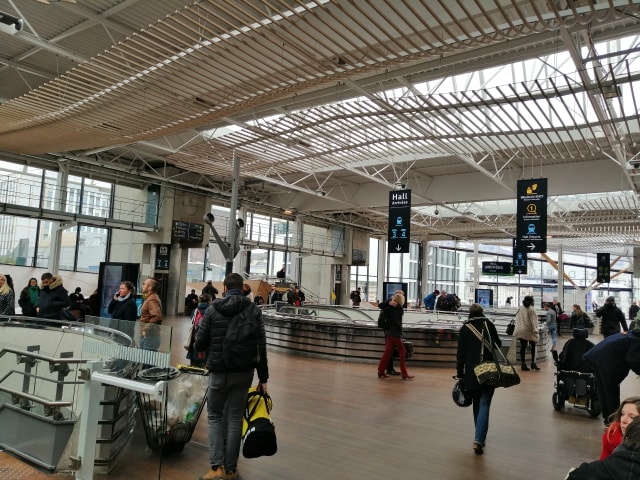
Personally, I love to hop on the train, sit back in my comfy seat, and let someone else do the driving. Each trip has been a smooth, comfortable, and enjoyable ride. I can catch up on a good book, do a little work, or simply watch the scenery outside.
Train travel is not all that common in the United States, so for some readers the idea of jetting across the country via train sounds intriguing. For others, intimidating. As with all travel plans, things go a lot smoother when everything is in order before the trip. This requires a little time and research.
First, about a month or two in advance of the trip, I visit https://www.oui.sncf/ to get train times from Paris Montparnasse to Rennes. I appreciate that the site offers information in a variety of languages. I select the station, number of passengers and their ages, and choose the date and approximate time I want to leave. I’m left with several options to choose from, starting bright and early in the morning to late in the evening. If I’m going to another city in Brittany directly from Paris (via Rennes), I know to look carefully at the connection time. From experience, I know that if I want to catch a second train to Dol de Bretagne, St. Brieuc, or elsewhere, I need at least 18 minutes to comfortably navigate through the Rennes train station. Generally speaking, I don’t choose the option that has less than a 20-minute connection unless I have to. This ensures that I can hit the bathroom (though there are bathrooms on the trains) and grab a bottle of water. Note: while many trains have a bar car, the items are quite expensive. If my connection is around lunch time, I appreciate the longer break time to get a drink and a bite to eat at one of the cafes or shops.
Once I have selected and purchased my ticket, I print off the email from SNCF, received within minutes of checkout. I place the tickets in my trip folder along with my flight confirmation. From there, I look into accommodations (more on that later…).
The train station in Rennes was recently renovated and is bright and airy, with escalators for tired travelers, well-marked platforms, and food options for everyone’s palette. These renovations also come with increased security measures, so I make sure to have my ticket and passport ready before accessing the platform. I keep my train ticket accessible, as I may or may not be asked to show it during my trip to Rennes.
I arrive at the train station about 20 to 30 minutes in advance, allowing me to check the screens for my platform and any other additional information (delays, for example).
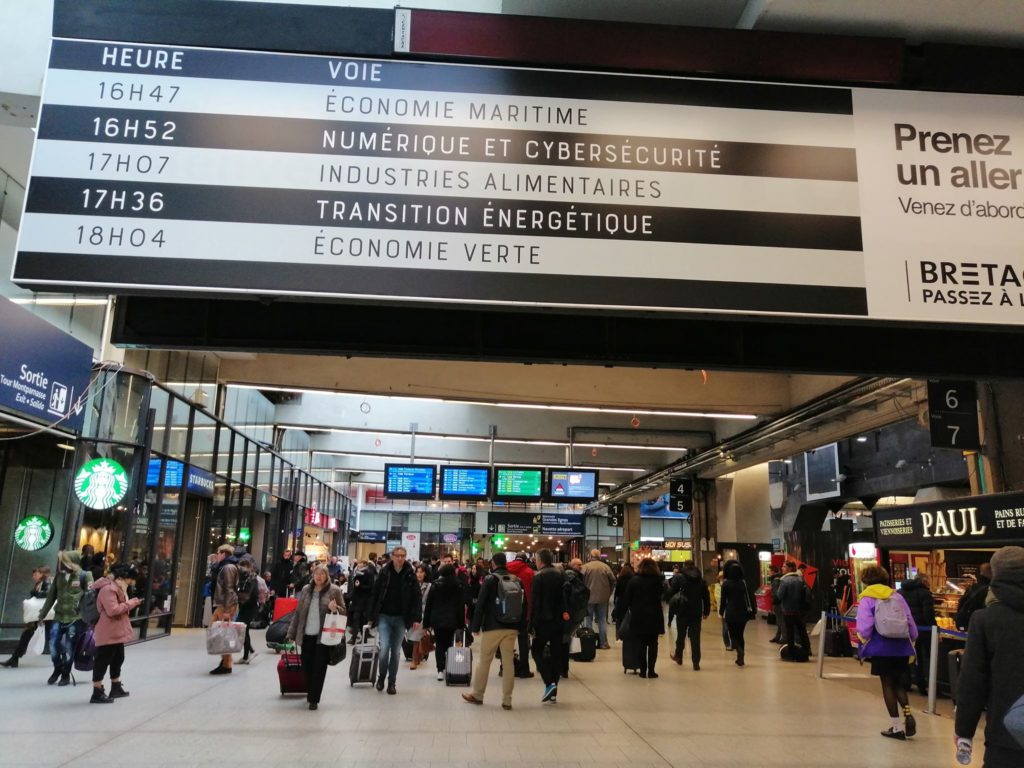
Most of the larger train stations offer a wide selection of food to take on your journey. During my last trip through Rennes train station, I was pleasantly surprised at the variety of vegetarian options available. This quiche was delicious, by the way!
Because the train trip from Paris to Rennes takes between one and a half hours to two hours, depending on the train, you may be wondering whether there are bathrooms and, if so, what they look like. The last train we took was quite new, with larger bathrooms and bars on the walls for stability. This was a particularly nice bathroom, but they are, usually, clean. Keep in mind the TGV travels at speeds of over 300 miles per hour, so going to the bathroom can be a little “tricky”. Bring along some extra tissues and hand sanitizer and you should be good to go (pardon the pun).
I find the seats on the train to be very comfortable. What I also appreciate is that, generally speaking, there is very little conversation on the train. If people are speaking, they do so in a low voice so as to leave people to enjoy their journey. This is true in first class or regular class. I was surprised that first class tickets generally cost little more than regular tickets. While both are comfortable, first class does seem to offer a bit more leg room and overall comfort.
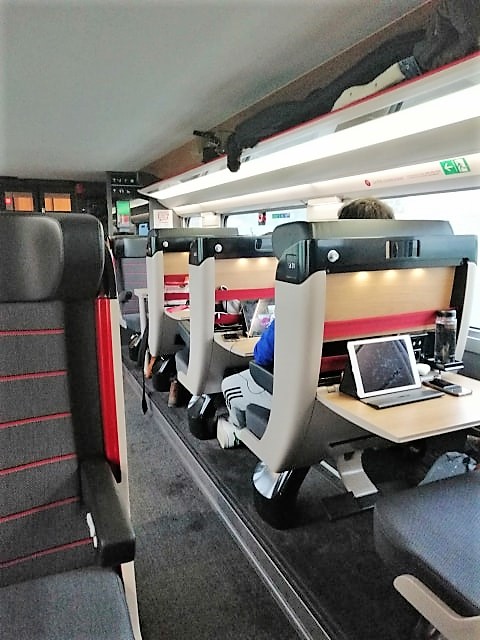
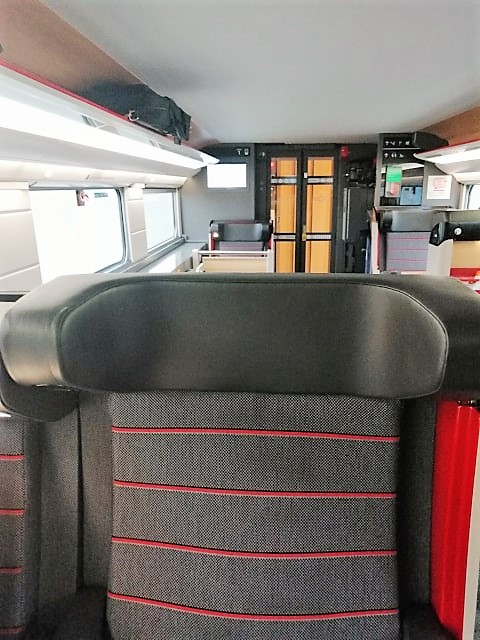
Trains are kept clean, and offer ample space for belongings. In TGV trains, there is space above the seat for coats and small bags, while luggage racks are located by the doors. Personally, I like to choose a seat that faces the luggage rack so that I can keep an eye on my bag. That said, I’ve never had an issue with anyone trying to take or touch my luggage.
This would be a good time to remember to pack light, as many train stations do not have escalators. One also needs to carry a suitcase on board and lift into the holding area. Another reason to pack light and right (more info to come).
All in all, I find the rail system a comfortable, efficient, and economical way to see the country and/or region. With a little advanced research and planning, I think you’ll agree that this is a wonderful way to travel.
Please visit the following site for further information regarding the different ways to get to Brittany: https://www.brittanytourism.com/getting-here/getting-to-brittany/

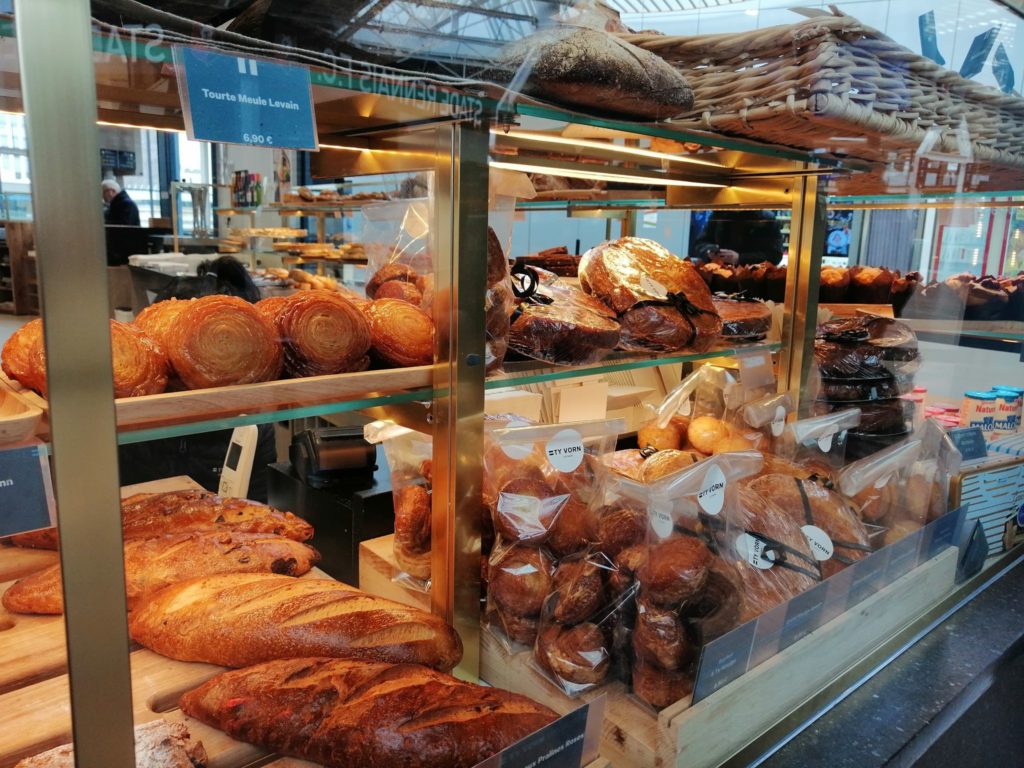

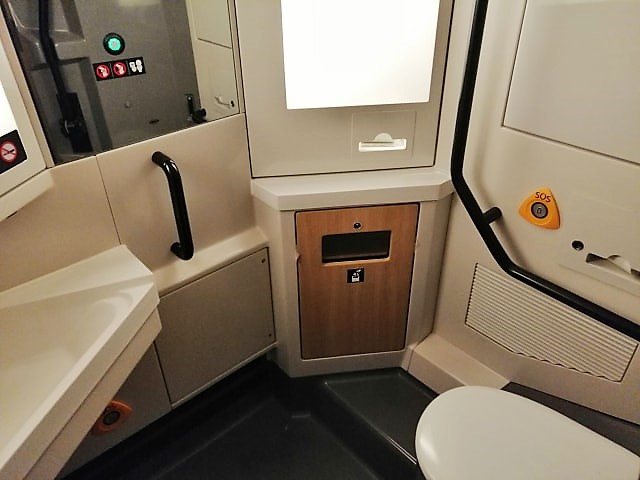




4 Comments
ISABELLE GAUTHIER
Bravo, tout est bien pensé dans les moindres détails !!
Amy G.
Merci Isabelle! J’apprécie beaucoup.
Rob Bowers
Thank you very much for the information and the pictures of the Montparnasse and Rennes train stations.
I have two questions. What is the ballpark TGV fare to Rennes and are there escalators at Montparnasse?
Again, thank you for the blog!
Amy G.
Great questions! I should have included that information in the piece. The price varies throughout the day (early mornings are generally cheaper), but it usually ranges from about 45 euros to 54 euros each way. It’s about 85 to 90 euros round trip for second class tickets, slightly more for first. The day of the week is a factor too, as weekend tickets are a bit higher. I am struggling to remember if there are escalators in Montparnasse, even though I’ve been there dozens of times. I’m leaning towards no. I will try and find out and update my comments.